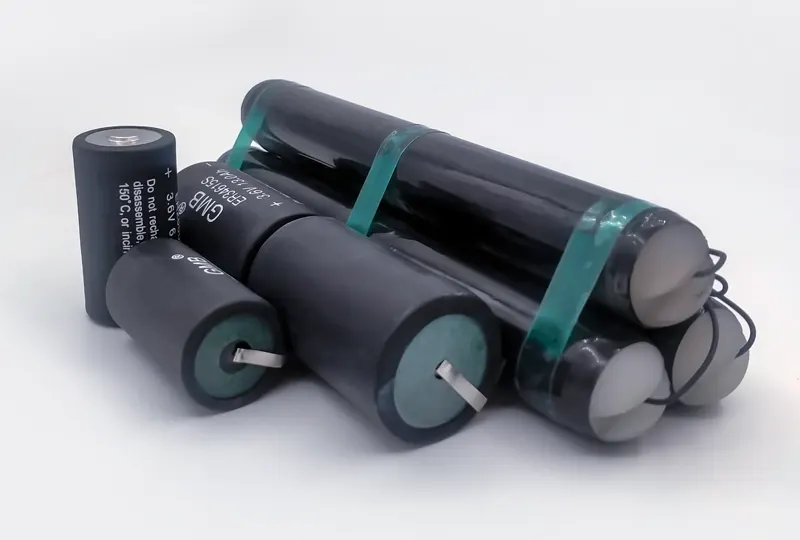What are the limitations or challenges associated with MWD technology?...
Read MoreWhat are the chemical properties of ER high temperature batteries?
Some of the common types of ER high temperature batteries include:
Lithium-thionyl chloride (Li-SOCl2): This is the most commonly used chemistry in ER high temperature batteries. It offers high energy density, low self-discharge rate, and a wide temperature range (-55°C to +150°C). The Li-SOCl2 ER battery is used in a range of applications, including oil and gas exploration, aerospace, and defense.
Lithium-manganese dioxide (Li-MnO2): This chemistry offers a higher operating temperature range than Li-SOCl2, with a range of -55°C to +175°C. It also provides higher discharge rates and a longer life cycle. The Li-MnO2 ER battery is used in high-temperature applications, such as downhole drilling tools and wireline logging tools.

Lithium-sulfur dioxide (Li-SO2): This chemistry offers a higher operating temperature range than Li-SOCl2, with a range of -55°C to +190°C. It also has a high energy density and low self-discharge rate. The Li-SO2 ER battery is used in high-temperature applications, such as downhole drilling tools and wireline logging tools.
Lithium-thionyl chloride/halogen (Li-SOCl2/FeCl3): This chemistry is a hybrid of Li-SOCl2 and iron chloride (FeCl3). It offers a wider temperature range than Li-SOCl2, with a range of -60°C to +200°C. It also provides high energy density and low self-discharge rate. The Li-SOCl2/FeCl3 ER battery is used in extreme high-temperature applications, such as geothermal well logging.
Extend Knownledges
What are the limitations or challenges associated with MWD technology?
What are the limitations or challenges associated with MWD technology?...
Read MoreAre there any limitations or considerations for using an autoclave?
Are there any limitations or considerations for using an autoclave?...
Read MoreWhat temperature and pressure are typically used in an autoclave?
What temperature and pressure are typically used in an autoclave?...
Read More